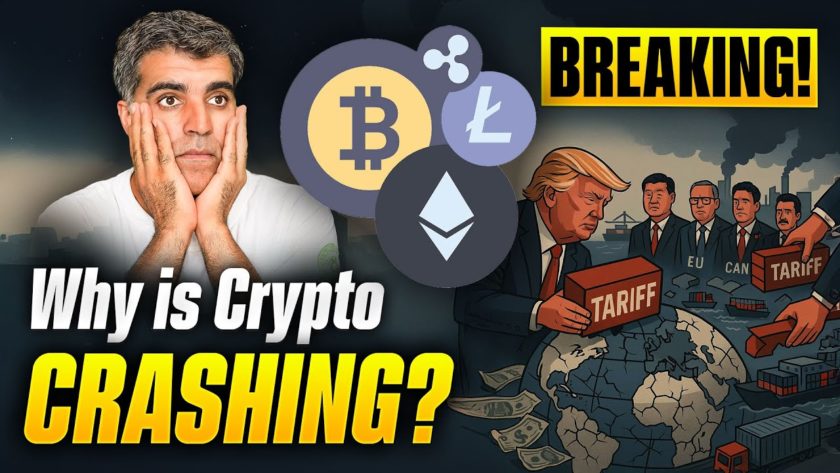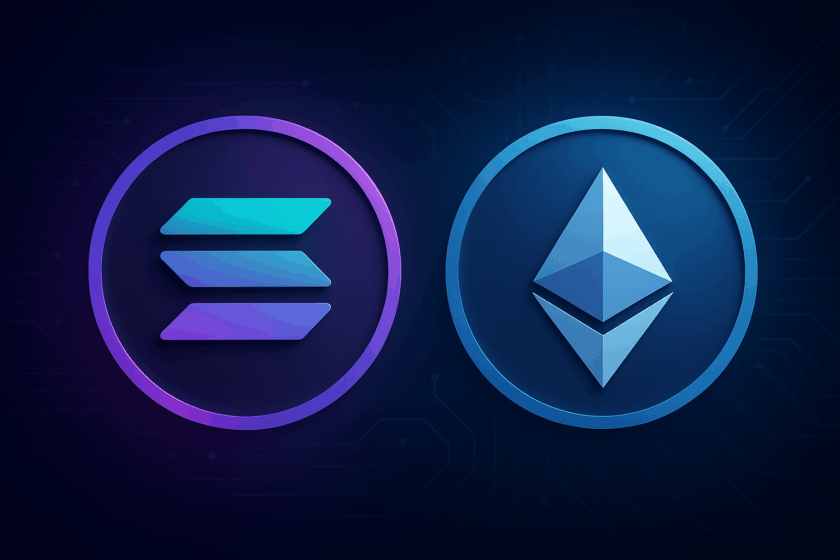
Wanchain and Loopring today announced that Loopring, a protocol atop which decentralized exchanges trading platforms can be built, is live on the Wanchain network.
Decentralized trading platforms took a hit earlier this year when Zachary Coburn of EtherDelta was charged with offering unregistered securities. The exchange was by and large considered decentralized because all trades took place on the Ethereum mainnet and any token on the Ethereum network could be traded. The essential elements of decentralization were there in that the trades didn’t incur the risk of entrusting funds to anyone else. However, the focal point of EthereDelta itself was enough for the federal government to consider it a centralized entity offering unregistered securities.
Are Decentralized Exchanges the Future?
This element of understanding may never go away. The crypto exchanges of today are not what we think of when we think of decentralization. The overwhelming majority of exchanges do not simply allow one to connect their wallet as EtherDelta did. Instead, one must send funds and entrust them to the exchange, creating a constant element of risk. Indeed, the best and most active exchanges of today are centralized.
As Wanchain’s Johann Eid writes:
If you look at the current cryptocurrency ecosystem, a considerable chunk of digital assets is currently locked up in centralized exchanges. In order to trade between different protocol assets (e.g. BTC/ETH, BTC/XRP) users are forced to give up custody of their funds to “trusted third parties.” […] These are the same processes traditional financial system have been using to operate for years. The crypto economy claims to decentralize the world and give back the power to the users. However, our space itself still relies on centralized parties almost as much as the traditional systems it claims to disrupt.
Loopring is an effort to enable entrepreneurs to change the situation. Itself open source and decentralized, it is intended to stimulate the growth of decentralized exchanges.
The protocol offers developers and exchange makers the ability to build a seamless swapping platform, and previous to its integration on Wanchain, it was already live on Ethereum, NEO, and Qtum. The LRC tokens that currently exist in the Ethereum ecosystem – 230 million in total – can be “wrapped” and moved over to Wanchain, and now developers that would prefer to use the Wanchain platform for Loopring development have that option.
Loopring Now Has Decentralized Access to Bitcoin Liquidity
The advantages of Wanchain over Ethereum are not to be understated: Wanchain offers built-in access to both Ethereum and Bitcoin, enabling cross-chain transfers between them, as we discussed here. Wanchain’s token costs significantly less to acquire at present time than Ethereum and its transaction fees are therefore lower. Erstwhile it is actively creating demand in the form of attracting new projects and partnerships.
Loopring’s Matthew Finestone wrote:
Historically, one of the best reasons to NOT use decentralized exchanges — even if you wanted to avoid the custodial risk of centralized exchanges — has been because you couldn’t use DEXs to trade across different blockchain’s assets. When you’re trading IOUs on a central server (CEX), different chains do not matter. Equipping DEXs with the same flexibility is a must. […] Now, any Ethereum-based dApp, DEX, or protocol can access Wanchain-wrapped BTC token, allowing for meaningful increases in liquidity. Wanchain-wrapping is also performed on the ERC20s (LRC and DAI) to facilitate the cross-functionality. Wanchain-wrapping LRC creates W-LRC, which removes the need to issue new Loopring tokens on future chains Wanchain supports.
Loopring has the backing of more than a dozen VCs including Obsidian Capital. It currently offers a number of white-label products that can be built into exchanges. One important aspect that this announcement immediately presents is that the existing DEX offering, Loopr, when run on Wanchain, can have both the stability of the Dai and other Ethereum-based stablecoins as well as the liquidity of Bitcoin markets — all in a decentralized fashion.
Ultimately, if done correctly, such platforms could put downward pressure on the fees that centralized exchanges like Binance charge, in that it could be much less expensive, and infinitely more secure, to trade on such platforms, in the future.
Before there were carriages, there were roads. Similarly, before there will be a truly decentralized digital economy, there must be decentralized digital infrastructure. Today we’ve covered one effort, but we expect many more.
Featured image from Shutterstock.
Get Exclusive Crypto Analysis by Professional Traders and Investors on Hacked.com. Sign up now and get the first month for free. Click here.





